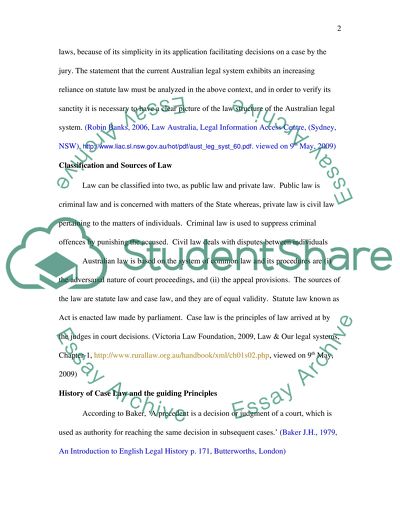Cite this document
(“Doctrine of Precedent Essay Example | Topics and Well Written Essays - 1500 words”, n.d.)
Doctrine of Precedent Essay Example | Topics and Well Written Essays - 1500 words. Retrieved from https://studentshare.org/miscellaneous/1509618-doctrine-of-precedent
Doctrine of Precedent Essay Example | Topics and Well Written Essays - 1500 words. Retrieved from https://studentshare.org/miscellaneous/1509618-doctrine-of-precedent
(Doctrine of Precedent Essay Example | Topics and Well Written Essays - 1500 Words)
Doctrine of Precedent Essay Example | Topics and Well Written Essays - 1500 Words. https://studentshare.org/miscellaneous/1509618-doctrine-of-precedent.
Doctrine of Precedent Essay Example | Topics and Well Written Essays - 1500 Words. https://studentshare.org/miscellaneous/1509618-doctrine-of-precedent.
“Doctrine of Precedent Essay Example | Topics and Well Written Essays - 1500 Words”, n.d. https://studentshare.org/miscellaneous/1509618-doctrine-of-precedent.


